Has your child recently received a lazy eye diagnosis? The good news is that there is a common, painless, and correctable reason for your child’s vision problems. This guide will help you understand lazy eye and lazy eye treatment.
Medically, a lazy eye is called amblyopia, which means dim (amblus) eye (ops). Over time, this dim, or dulled, eye was dubbed “lazy eye.” However, the eye is not lazy; it is only weaker compared to its partner.
What Causes Lazy Eye (or Amblyopia)?
Amblyopia is a common condition that usually occurs while a child’s visual system is developing. It is generally caused by one of three things:
- A misalignment of the eyes (strabismic amblyopia) also known as crossed or turned eye
- An imbalance of sight between the eyes (refractive errors)
- There is a significant difference in glasses prescription between the eyes (most commonly farsightedness/hyperopia and/or astigmatism)
- An obstruction of light from an eye (deprivation amblyopia)
- The lack of light into one eye can be caused by a cataract, a droopy eyelid, or a corneal scar.
In all three of these situations, the brain favours the unaffected eye and leaves the dull, obstructed eye alone. This causes the affected, or weak, eye to become ”lazy.” However, it can become strong and fully functional through proper lazy eye treatment under the care of an optometrist.
How to Diagnose Amblyopia in Children
You may have already made a preliminary lazy eye diagnosis after observing some or all of the following in your child:
- eyes moving in a different direction than where your child is trying to look
- difficulty following an object with just their eyes
- a crossed eye
- difficulty judging depth
- tripping and frequent accidents
- frequent squinting, blinking, eye rubbing, or closing one eye
- difficulty with eye-hand coordination
- reduced reading ability
Often, parents are unaware that their child is primarily using one eye to see and that their child has a lazy eye/amblyopia. An eye doctor will make an official diagnosis through a pediatric eye exam. The kids’ eye exam for diagnosing amblyopia will depend on your child’s age. In infants and toddlers, an optometrist will use different instruments to assess the vision and health of the eyes. They will also test your child’s ability to fix their gaze and follow a moving object without turning their head. The optometrist does not rely on verbal input from the child for these tests, so you don’t have to worry if your child does not speak or know their letters. There is a lot of information a trained optometrist can determine without any input from the child.
In an older kids’ eye exam, the eye doctor will use pictures and letters to determine how well each eye is performing.
Even for pediatric eye exams, dilating eye drops are sometimes used to allow the eye doctor to see the structures of the inner eye, which helps determine the reason for amblyopia and provide an effective lazy eye treatment. Drops can also allow a more accurate measurement of refractive error (prescription) as the drops cause the eyes’ focusing to relax.
How to Treat Amblyopia
As with anything, the treatment of your child’s amblyopia will depend on the cause and their age. The main types of lazy eye treatment prescribed by eye doctors are:
- corrective glasses or contact lenses for the weaker eye
- an eye patch, a Bangerter filter, or eyedrops for the stronger eye to stimulate the weaker eye
Lazy Eye Treatment in Edmonton and Surrounding Areas
If you suspect that your child is having vision problems such as a lazy eye, call Optometrists’ Clinic Inc. in Edmonton, Westlock, or Leduc to book a kids’ eye exam. Our team of professional optometrists, opticians, and eye doctors will be happy to welcome you and your child to one of our clinics.




